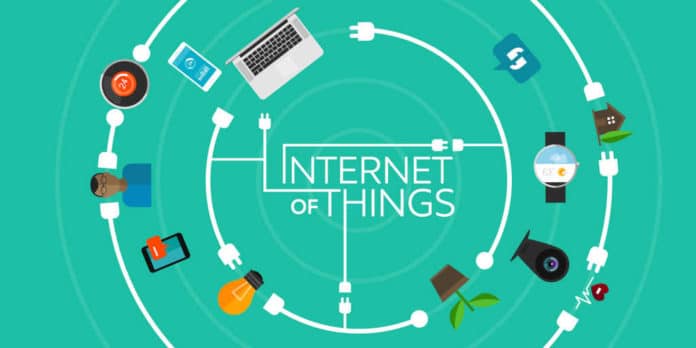This article is an extract from a speech delivered by Sattwati Kundu, data scientist, IoT IBM Software Labs, at IOTSHOW.IN 2019. Kundu has a demonstrated history of working in the IT and upstream oil and energy industries. On her LinkedIn profile, she describes herself as a “strong engineering professional skilled in petroleum science, reservoir management, data analysis and predictive modelling”
Intelligence for the Internet of Things (IoT) is as vital as the brain for the human body. A system with connected sensors and no intelligence is not the IoT, it is just Things.
Connected sensors are Things in the IoT world, and when intelligence is added to the system, it becomes smart. Today, almost everything is smart, from buildings to smartphones. To be smart, it is important that there is intelligence embedded in Things of the IoT.
To get that intelligence in the IoT, one of the key ingredients required is data. And on top of that, valued services are added, so that data is understood and interpreted in such a way that it becomes capable of making meaningful and informed decisions.
Smart buildings: a use-case of intelligence in the IoT
All huge enterprise buildings are enabled with HVAC systems, which refer to heating, ventilation and air-conditioning. Such systems use seventy per cent of the available energy, and the rest thirty per cent is utilised by lights, fans and the like.
HVAC systems can be made smarter with the help of sensors. For example, in an office space, a sensor can be placed, and it can detect the presence of a person; and based on that, lights can be switched on or off.
Every building has its own use-case or goal. For instance, a retail building would like to optimise energy as well as have more insights on how people are coming in, as retailers have more interest in how they store their goods and how supply can be managed. But the goal is different for an office or a hospital building.
Nonetheless, being energy-efficient is one of the prime goals of all buildings. Other common goals are improving operational efficiency and comfort of occupants.
A smart building is more than just energy-efficient
Transforming a building into a smart one is not just about making it energy-efficient, it is also about reducing resource usage and optimising space. If data is collected and meaningfully analysed, then optimisation can be achieved.
Predictive maintenance is another key aspect. It can be implemented if defects in the system are understood through data that is acquired.
Increasing occupants’ comfort
The mechanism that is followed to enable this is as follows. Collect data and apply analytics, then gather meaningful insights and take decisions based on that.
All of this is regarding newly-constructed buildings, which can be equipped with sensors—it is not possible for old buildings. However, there is something that can be done for old buildings that do not have smart sensors.
Making old buildings smart
Old buildings without smart sensors or fixtures can still be optimised for energy usage with the help of intelligent systems of rule-based efficiency modules.
All old buildings have energy meters. Several components of the HVAC system are energy hoggers, and there is an energy meter associated with each of these. Through these energy meters, data of energy-hogging equipment of old buildings can be gathered.
And after analysing data for energy usage, modules can be built that can help decide how energy is being used—optimally utilised, sub-utilised or over-utilised. These modules can also detect fault through identification of abnormal usage. All this is achieved using machine learning algorithms.
Hence, points to ponder over are:
• Robust AI approaches can make old buildings capable of being intelligent without smart sensors.
• The machine learning approach used to make Things in the IoT think is primarily an energy-efficiency module. However, it has other key smart aspects like preventive maintenance through early alarm systems.
• Energy efficiency comes not only with smart apparatus and systems but also with increased use of alternative renewable sources of energy.
• Monitoring the use of different energy sources is vital to detect faults in the system.
For buildings that are known to use 42 per cent energy in western countries, the IoT-enabled systems can save ten to fifteen per cent of the total annual energy cost, and proactive maintenance can save twenty to thirty per cent of failures and downtime.
Sattwati Kundu is data scientist at IoT IBM Software Labs











